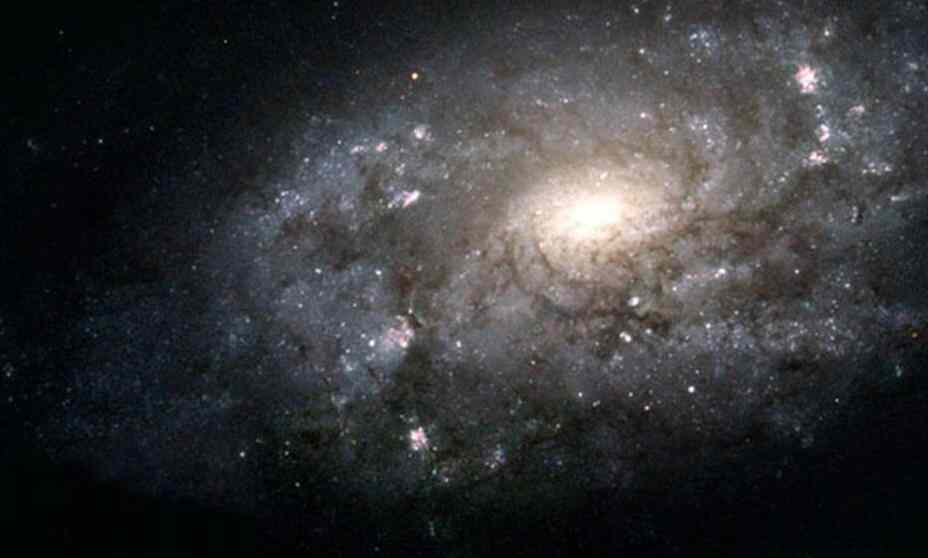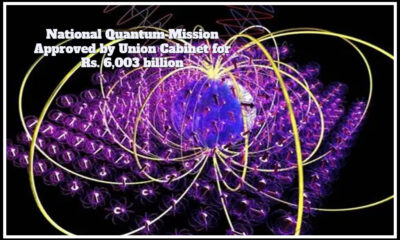India
A Milky Way clone? NASA’s James Webb Space Telescope has identified a new galaxy
Published
1 year agoon

Sparkler was caught by the James Webb telescope during a time when the Universe was barely a third of its current age, roughly four billion years old
Every star in the universe represents the possibility of new life. The James Webb Space Telescope recently identified a galaxy that is identical to the Milky Way.
Sparkler is a galaxy found in the constellation Volens. It is surrounded by many globular clusters. A million stars are found in these clusters. Our galaxy now has roughly 200 of them, according to Space.com.Sparkler was caught by the James Webb telescope during a time when the Universe was barely a third of its current age, roughly four billion years old. According to Science Alert, if the new galaxy continues to develop at its current rate, it should be able to reach the same size as the Milky Way in around 9 billion years.
The James Webb Telescope’s findings have been published in peer-reviewed publications. The work was co-authored by Aaron Romanowsky of San Jose State University and Duncan Forbes of Australia’s Swinburne University.
Read Also: A Rare Aubrite Meteor That Crashed In Gujarat Might Give Information On Planet Evolution
Prof Forves claims that the team has been observing the formation of the new galaxy, which is taking place in a dwarf galaxy-like structure surrounded by many globular clusters. He stated that this new discovery allows for further research into the development of the baby Milky Way and globular clusters. The origin of these clusters has long been a mystery, according to research co-author Aaron Romanowsky.Astronomers will obtain a better grasp of how the Milky Way developed by studying this galaxy.
People also ask:
What is Milky Way short paragraph?
What will happen to our galaxy in 10 billion years?
After a spectacular series of close passes lasting billions of years – and which will distort the structure of both galaxies – a final merger of the Andromeda Galaxy and the Milky Way galaxy will occur about 10 billion years from now.
What is James Webb known for?
What is special about James Webb orbit?
What has James Webb discovered?
How far can James Webb see?
How many galaxies are there?
You may like
-


National Quantum Mission Approved by Union Cabinet for Rs. 6,003 billion
-


the Google Pixel Fold will go on sale in June. Leaked renderings show two colour options.
-


Delhi now has Apple’s second location after Mumbai: CEO Tim Cook
-


After a “wet dress rehearsal” as a result of a technical glitch, the starship test flight was rescheduled for April 20
-


Sundar Pichai, the CEO of Google, alluded to more job cuts at the tech giant
-
Apple’s iPhones are now produced in India. Sometime in the fall of 2023

